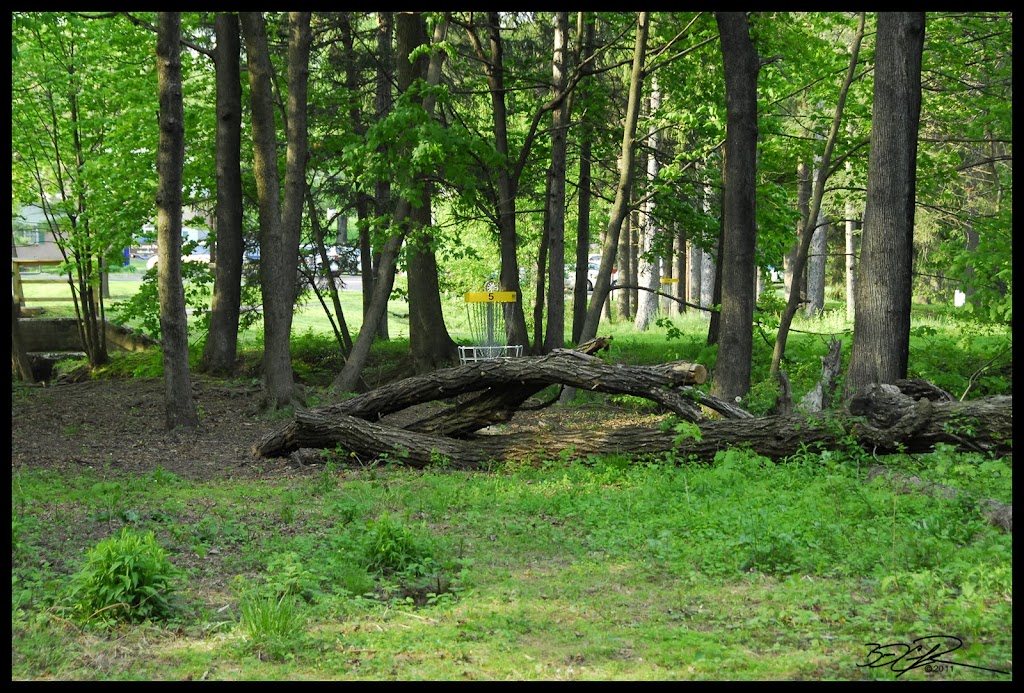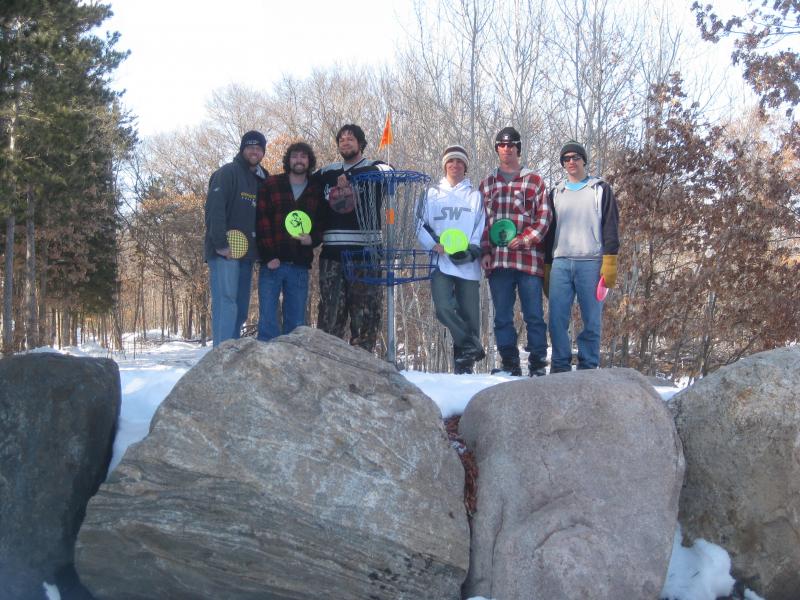-
Discover new ways to elevate your game with the updated DGCourseReview app!
It's entirely free and enhanced with features shaped by user feedback to ensure your best experience on the course. (App Store or Google Play)
You are using an out of date browser. It may not display this or other websites correctly.
You should upgrade or use an alternative browser.
You should upgrade or use an alternative browser.
Tester Walls Pics/discussion
- Thread starter optidiscic
- Start date
I think it was a preexisting wall, I liked the use of those walls at Brandywine on the few holes by them.
to my knowledge, i don't think there are any holes like this around here where an artificial wall was built in that style.
there are a lot of baskets on little mounds around here that prevent you from just lazily laying up, makes you really want to go for the basket or place your approach really well so you land on top of the mound.
in my backyard course one of the baskets sits behind two mounds that act like these walls. there's about a 5' gap you can run it through but if you go right or left you hit a mound and have a 20'+ putt over the mounds.
there are a lot of baskets on little mounds around here that prevent you from just lazily laying up, makes you really want to go for the basket or place your approach really well so you land on top of the mound.
in my backyard course one of the baskets sits behind two mounds that act like these walls. there's about a 5' gap you can run it through but if you go right or left you hit a mound and have a 20'+ putt over the mounds.
Royal Hill
Eagle Member
in regards to Opti's original post about tester walls...
if I'm getting the concept right (I feel pretty comfortable understanding the concept), then an artificial island hole, say with haybales, logs, RR ties, etc... would have a tester wall border if you were playing it "standard" without the artificial island rules.
The thought is that most island holes have a low defining border that stops skips, and are often at a distance from the pin to qualify as an Opti tester putt.
So...in concept... you could have a short tee that plays log encircled island as an island hole, and a long tee that plays with the logs as a tester wall (no artifical OB)?
if I'm getting the concept right (I feel pretty comfortable understanding the concept), then an artificial island hole, say with haybales, logs, RR ties, etc... would have a tester wall border if you were playing it "standard" without the artificial island rules.
The thought is that most island holes have a low defining border that stops skips, and are often at a distance from the pin to qualify as an Opti tester putt.
So...in concept... you could have a short tee that plays log encircled island as an island hole, and a long tee that plays with the logs as a tester wall (no artifical OB)?
wake_rider
Birdie Member
Griffin Park, Norman, Oklahoma. Hole 3 has a tree across to force a longer upshot (sits about 80' away from pin) for those who would throw a worm burner or roller on the drive, as it's on a plateau from the teebox. It basically forces you to play up into the wind a bit, which is a major hazard because: a) it's Oklahoma, and it's always windy b) the wind is punctuated on this section of holes because it's on a large, treeless plateau.

If you play the reds on this course, which are almost all tunnel shots, there are commonly interwoven tree limb fences, about 2'-3' high, placed around 30' from the basket to keep people from throwing low skippers and rollers towards the basket. Not so common on the longs, though.

If you play the reds on this course, which are almost all tunnel shots, there are commonly interwoven tree limb fences, about 2'-3' high, placed around 30' from the basket to keep people from throwing low skippers and rollers towards the basket. Not so common on the longs, though.
Last edited:
For those that still aren't catching what he means, here is a pretty clear picture.

Pure the line on this hole, and stay high enough, and you have a solid birdie look, if not a tap in. Come in low, and the log used to slap you down, and make you run at it from a longer distance (with water behind).
Another example:


Pure the line on this hole, and stay high enough, and you have a solid birdie look, if not a tap in. Come in low, and the log used to slap you down, and make you run at it from a longer distance (with water behind).
Another example:

I've seen rocks layed out in a row within the circle to stop the skip, slide, and roller shots. Not too extreme though.
On my homemade course I use logs for this but it's more for stopping my shots from rolling INTO the creek or heavy brush. It brings the challenge down a bit but I don't like getting my boots wet or digging through the shule anyways. Just another perk of having your own course.
On my homemade course I use logs for this but it's more for stopping my shots from rolling INTO the creek or heavy brush. It brings the challenge down a bit but I don't like getting my boots wet or digging through the shule anyways. Just another perk of having your own course.
hedfan1
Eagle Member
#26 green at Blue Ribbon Pines about 1 year ago.
This is the back side of the green but currently it stretches about 30 feet to the edge, has three tiers each about 2 feet tall and about 10 feet of flat surfice before the next rise happens. So the green stands about 6-7 feet above the fairway.

This is the back side of the green but currently it stretches about 30 feet to the edge, has three tiers each about 2 feet tall and about 10 feet of flat surfice before the next rise happens. So the green stands about 6-7 feet above the fairway.
Similar threads
- Replies
- 11
- Views
- 2K
- Replies
- 100
- Views
- 6K
